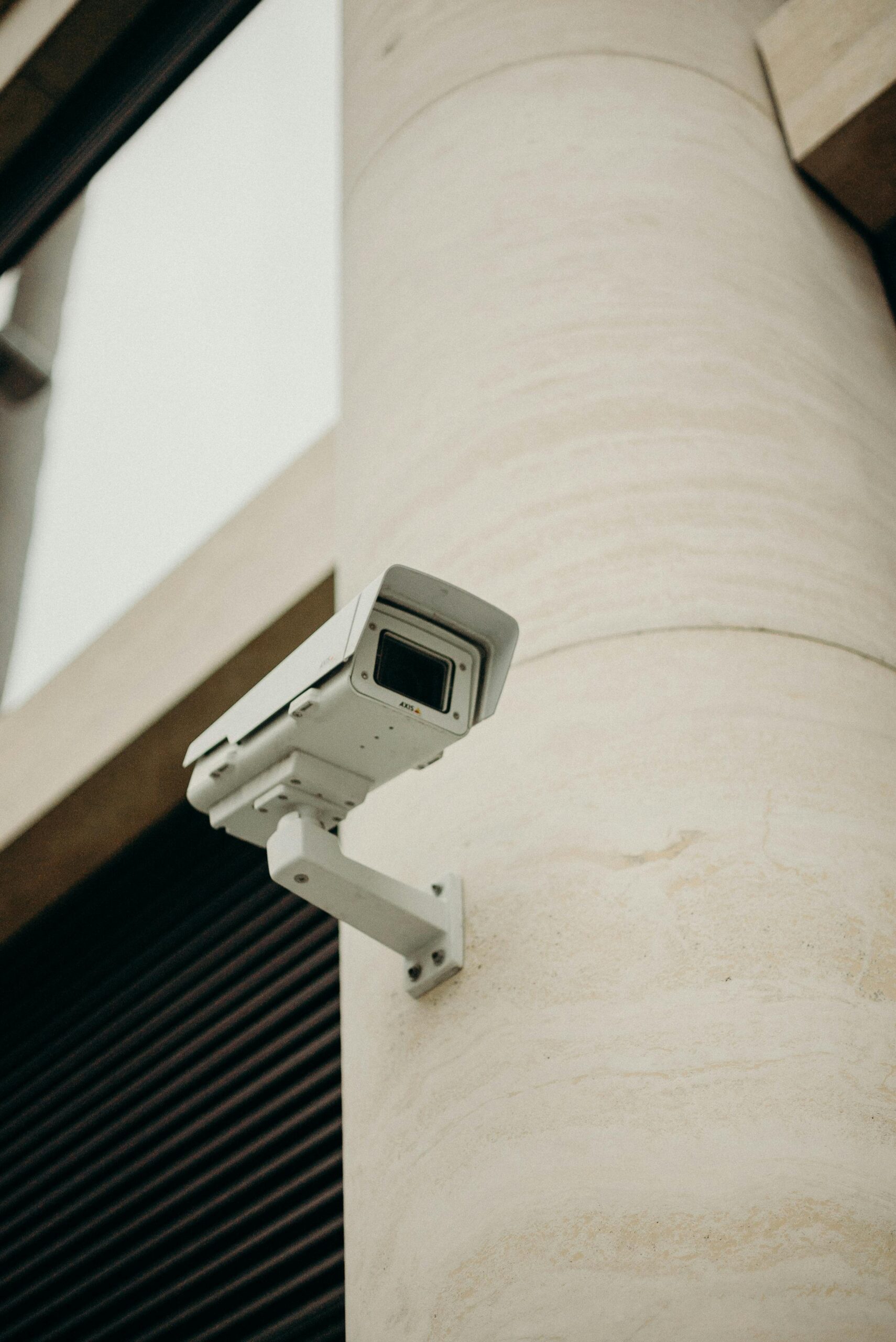Ladies and Gentlemen,
It’s my pleasure to join you today, launching the “eSafety label” in the “Future Classroom Lab” on the occasion of Safer Internet Day.
In the last 20 years, the information and communications revolution has really taken off. The Internet gives a world of opportunity – for all our citizens, but especially children.
However, when it comes to education, Europe doesn’t yet fully use the potential of ICT; we are far from the digital classroom.
Meanwhile, we often ban smart-phones from schools, and restrict Internet usage, even when they could be valuable sources of information and reference.
My goal in the EU is clear: to get Every European Digital. And that includes every student and every teacher digital, too. I don’t want ICT in the classroom to be futuristic science fiction: I want it to be so commonplace, so unremarkable, so integral to learning, that people can’t think of the classroom without it.
For teachers, technology should empower and support, so they have a diversity of ways to teach. For students, it should help them learn anywhere, anytime, at a pace and in a way that suits them.
Because education doesn’t have to be off-the-peg: it can be made-to-measure. And technology can personalise learning, tuning it to the needs and preferences of a region, a school, even an individual student. That’s a particular benefit for young people with disabilities or special needs. But it can bring learning to life for every student.
With technology at your disposal, you have so many alternative ways to communicate ideas: visualisation, real-life stories, demonstrations, even explanations by your favourite celebrity. Whatever a particular child feels most comfortable with. And this approach can make teaching and learning active and exciting, as well as stimulating creativity and critical thinking.
But: as we use technology more and more in the classroom, we must also use the classroom to support technology. And in particular, teach kids to use new technology safely and responsibly.
That is the message of Safer Internet Day, celebrated today in 70 countries across 6 continents.
The Internet is positive for children – not just for online education, but as a place to socialise, play and create. But whether they’re doing it for work or play, they must be able to do it safely, to forge positive relationships and cope with online risks.
So, while they use ICT to learn, they should also be learning online safety. That’s a subject that I believe should be built right into the school curriculum – a difficult task, but a crucial one.
And we are providing a variety of tools to make online safety easier. The European Network of Safer Internet Centres, for example, has a range of school-friendly materials available.
There are also advice help lines for children, parents and teachers; and hotlines so people can report online child abuse material.
The Commission’s coalition with leading industry names – from Apple and Microsoft to Nokia and Netlog – will make it still easier, by giving yet more tools to make the Internet safer. Making it easier to report harmful material, to keep personal information private and to know what content is appropriate for whom. Here to read more.


